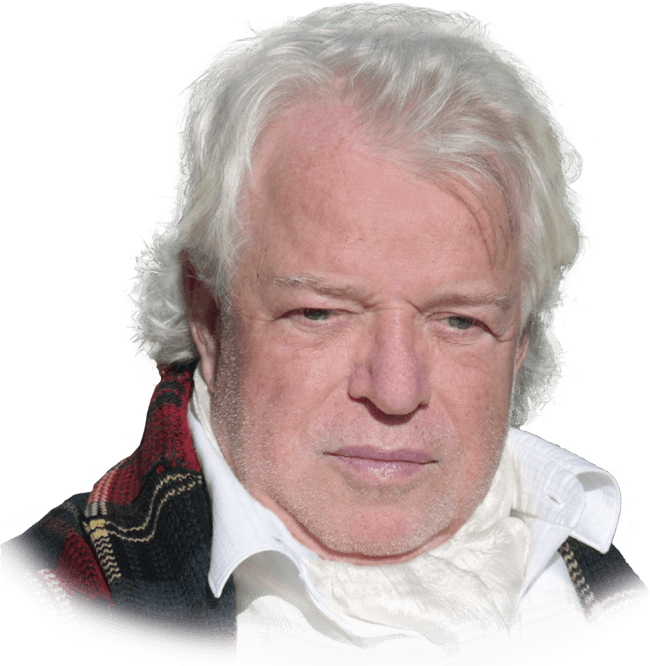 |
PETER HÜBNERClassical Composer
|
SPRINGER NATURE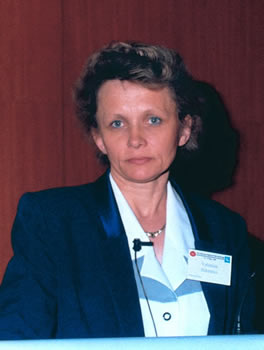 Prof. Dr. med. Walentina Sidorenko
Prof. Dr. med. Walentina Sidorenko
Surgeon and Gynaecologist at the Belarusian State Medical University Minsk, Belarus Recognition and registration of Medical Resonance Therapy Music® by the classical composer Peter Hübner as scientific Music Therapy for the Health Service of the Republic of Belarus
Recognition and registration of Medical Resonance Therapy Music® by the classical composer Peter Hübner as scientific Music Therapy for the Health Service of the Republic of Belarus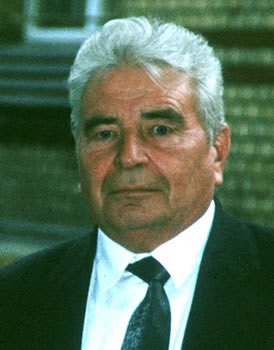 Prof. Dr. med. G. Gerassimowitsch
Prof. Dr. med. G. Gerassimowitsch
Chair in Gynaecology, Belarusian State Medical University, President of the Belarusian Association for Gynaecology and Obstetrics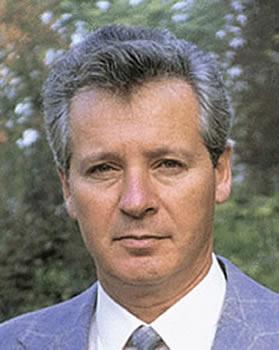 Prof. Dr. med. Alexander Reznikov
Prof. Dr. med. Alexander Reznikov
Neuroendocrinologist and Medical Drug Developer, Director of the Laboratory for Neurohormonal Control of Human Reproduction at the Research Laboratory for Neuroendocrinology at the Ukranian Academy of Sciences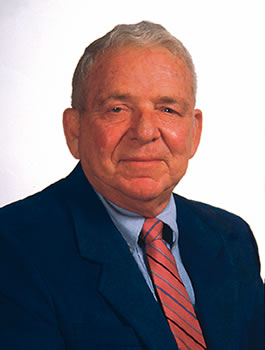 Prof. Dr. med. Paul J. Rosch
Prof. Dr. med. Paul J. Rosch
President of the AMERICAN INSTITUTE OF STRESS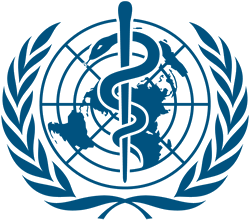 Best Scientific Preparation against STRESS
Best Scientific Preparation against STRESS
as acknowledged on the conference “Society, Stress & Health” of the WHO World Health Organization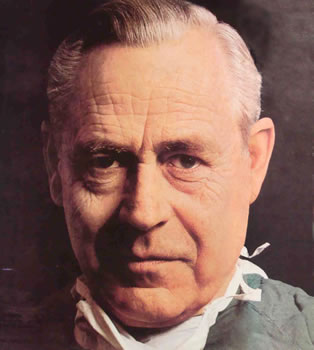 Prof. Dr. med. Björn Nordenström
Prof. Dr. med. Björn Nordenström
Director of Radiology at the Karolinska Institutet, Sweden – Chair of the Committee for the Selection of the Nobel Prize in Physiology or Medicine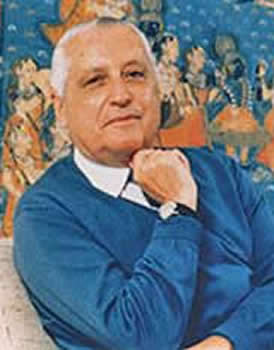 Prof. Dr. Ilya Prigogine
Prof. Dr. Ilya Prigogine
Nobel Laureate for Chemistry, Free University in Brussels, Belgium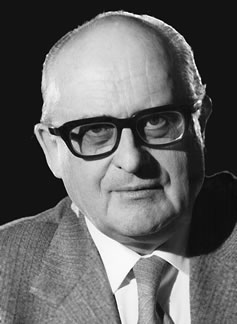 Prof. Dr. Rudolf Haase
Prof. Dr. Rudolf Haase
Founder and longtime Director of the Hans-Kayser-Institute for Fundamental Harmonical Research at the University for Music and the Performing Arts Vienna, Austria
Springer Nature advances discovery by publishing robust and insightful research, supporting the development of new areas of knowledge, making ideas and information accessible around the world.




PETER HÜBNER
MEDICAL RESONANCE THERAPY MUSIC®
Scientific Application & Artistic Utilization of the
Cosmic Harmony Laws of the Microcosm of Music
Case 3
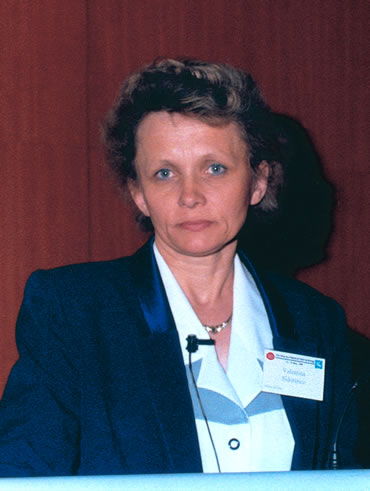
Prof. Dr. med. Walentina Sidorenko
Surgeon and Gynaecologist at the
Belarusian State Medical University
Report on the 12 year old Igor S.
“On 14th October 1994 the boy was admitted to the intensive care unit at the Children’s Surgical Center in Minsk following a traffic accident. He had an open skull and brain trauma, a basal skull fracture, a fracture of the right frontal bone, a fracture of the sacral joint, a fractured pelvis, a compound fracture of the central third of the right hip bone with displacement of the bone fragments.
His condition was exceptionally poor. He was unconscious and bone marrow fluid streamed from the ears and nose (liquaria). Unconsciousness lasted for 10 days followed by symptoms of encephalopathy (inadequate behavior, uncoordinated movements, hallucinations).
According to medical prognoses, chances of survival were minimal. This was also confirmed by the medical advisors. The prognoses for the retention of mental capabilities were also unfavorable.
Alongside the traditional treatment (sedatives, nootropil, B vitamins), Medical Resonance Therapy Music® was also used from the fourth day on – approx. 4–5 hours during the day and night.
As the Senior Consultant on the intensive care station, Dr. med. Vladimir Wolkow, remarked, the application of Medical Resonance Therapy Music® subsequent to the traditional methods of treatment, played a decisive role in recovery: the Medical Resonance Therapy Music® reinitiated the vital functions which despite conventional treatment had continued to deteriorate.
On the 11th day the boy began to react satisfactorily to some of the things said by the medical personnel.
Adequate speech was recorded on the 14th day. Gradually the symptoms of encephalopathy declined. On 4th November Igor was operated upon (open osteosynthesis of the right hip bone) and on 7th November he was transferred to the trauma unit. At the end of December he left hospital a healthy boy, and is now able to go to school again.
In answer to the question: ‘What contributed to your recovery?’, the boy replied: ‘Beautiful music and outstanding doctors. I would like to hear this music every day.’
Medical Resonance Therapy Music® is currently used in the intensive station in the treatment of patients who are unconscious, patients in a narcotic slumber following surgery and children suffering serious skull-brain traumas.
In order to be able to extend the application of this method, the intensive care unit needs further therapy equipment.”